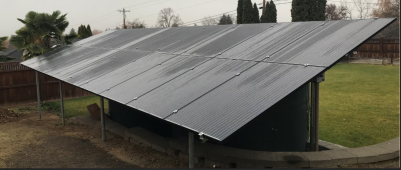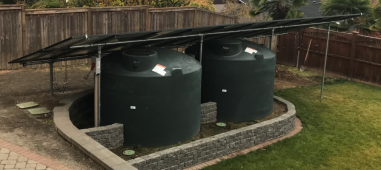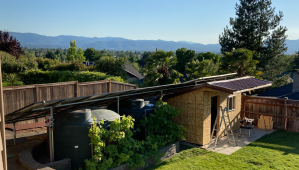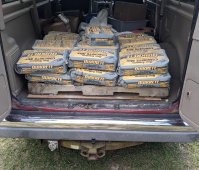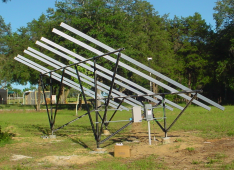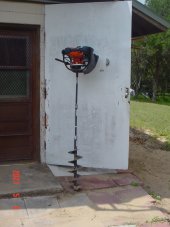If Iron Ridge says you can use either and provides stamped drawings for designs, then you use whichever suits you. As to price and availability, that depends a lot on where you live. If you're in oil country like Texican apparently is, then used oil pipe can often be found at low price. But I suspect that's a rarity. If you do use pipe, make sure you get pipe that matches the size and schedule requirement of the Iron Ridge components; otherwise the clamps and such will not match the diameter of the pipe.
You might also want to look at Unirac, which has a web-base design tool that produces stamped drawings. When I looked their components seemed reasonably priced.
Don't overlook the excavation and concrete requirements. I originally looked at a Unirac system until I realized I needed to bore 12" diameter holes 8' and fill them with concrete. Finding someone with the boring capability is a major issue where I am, and the closest ready-mix plant is about 2 hours away, which means I would have been hauling in a couple of pallets of concrete sacks and mixing it on site. Even with a mixer that was just too much.



